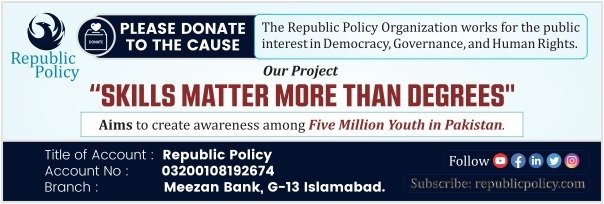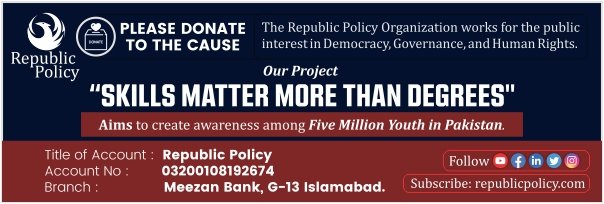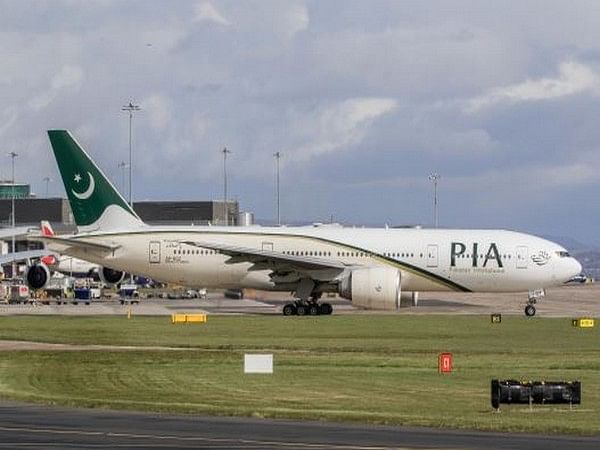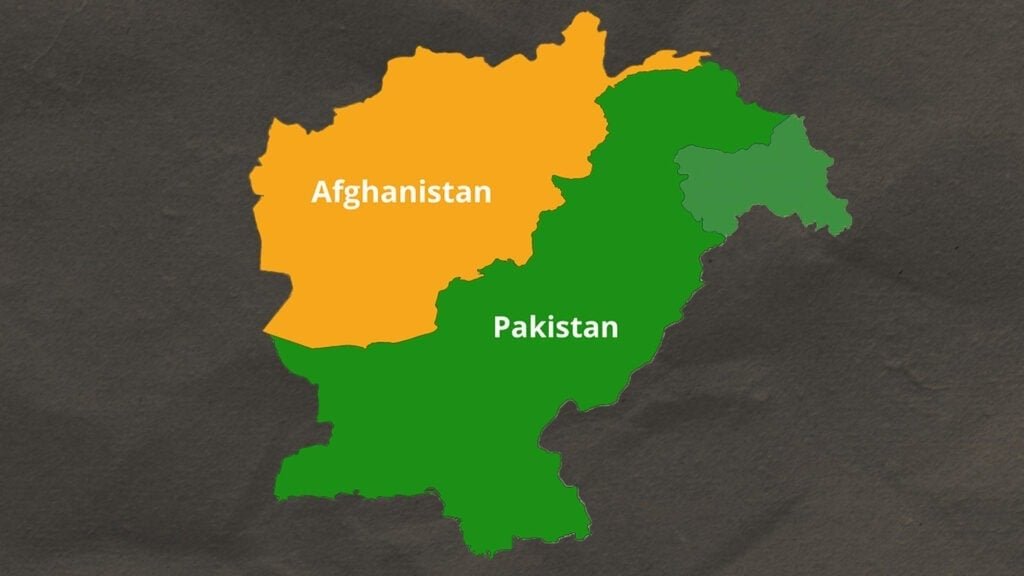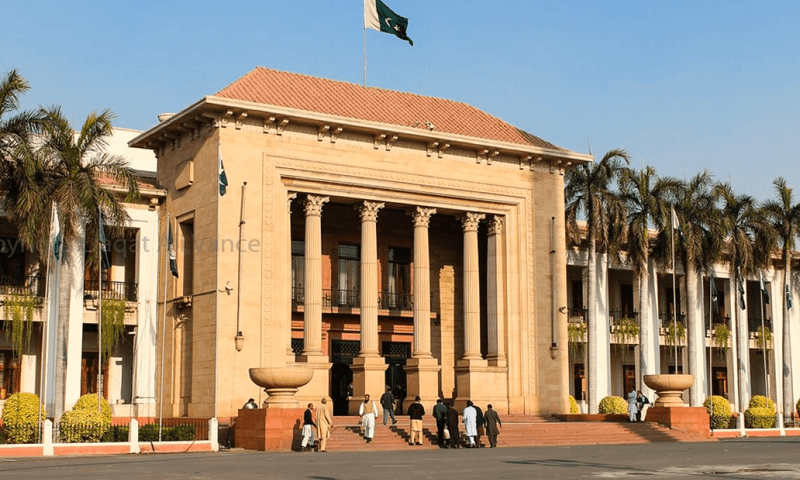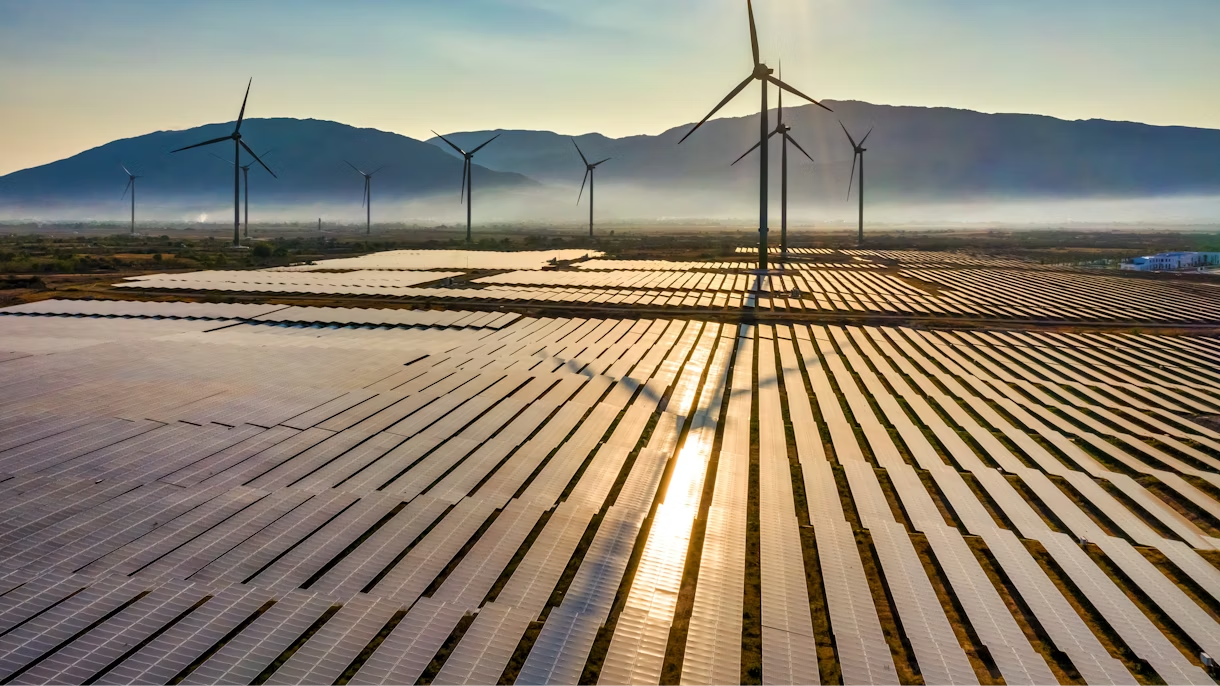Zafar Iqbal
Unemployment in Pakistan has reached an alarming rate of 22 percent, with male unemployment nearing 30 percent and female unemployment ranging between 17 to 18 percent. While the apparent gender gap in these figures may suggest lower unemployment among women, this is often a reflection of how women’s work—especially in informal sectors like home-based labour and agriculture—is undervalued and underreported. The actual economic contribution of women remains largely invisible in formal metrics, creating a misleading picture of labour market participation.
The official Labour Force Survey fails to capture the depth of the crisis due to its limited sample size, which is less than one percent of the population. In contrast, broader data indicates that unemployment is particularly concentrated among the youth, who make up a significant portion of Pakistan’s population. This segment of society, instead of serving as a catalyst for innovation and growth, is increasingly alienated from the formal economy. The economic exclusion of young people is contributing to growing social unrest and is widely believed to be a factor in rising crime rates across the country.
This disturbing unemployment trend is closely tied to sluggish economic growth over the past three years. Pakistan’s GDP contracted by 0.2 percent in 2022–23 after experiencing a strong 6.2 percent growth the year before. Although a mild recovery followed, with growth reaching 2.5 percent in 2023–24 and projected at 2.8 percent in 2024–25, these rates remain far below what is needed to generate sufficient employment. The broader South Asian region has performed significantly better during the same period, further highlighting Pakistan’s economic underperformance.
One of the primary reasons for this slow growth trajectory is the strict monetary and fiscal policies adopted under IMF agreements. While intended to stabilise macroeconomic indicators, these policies have constrained investment, reduced industrial output, and dampened job creation. The large-scale manufacturing sector, a traditional source of employment, shrank by 1.52 percent between July and April 2025, compared to a smaller contraction of 0.26 percent in the same period the previous year. This persistent decline underscores the challenges faced by the production economy.
Pakistan’s revenue collection strategy continues to rely heavily on indirect taxation. This includes sales tax, petroleum levies, and withholding taxes—many of which are inaccurately reported as direct taxes. These regressive taxes disproportionately affect the poor and lower-income groups, who end up bearing a higher burden relative to their income. At the same time, wealthier individuals and untaxed sectors remain largely untouched by the state’s revenue machinery.
Despite repeated claims by government officials to broaden the tax base, the reality remains unchanged: every year, more items are brought under the indirect tax net, while the number of new direct taxpayers grows at a negligible pace. In many cases, indirect taxes are passed down the chain to consumers, leading to price inflation without generating meaningful fiscal justice. For instance, the recent 40 percent increase in sugar prices since November 2024 is a direct consequence of indirect taxes levied on producers, who in turn shift the burden to ordinary citizens.
This heavy dependence on indirect taxes has had severe consequences on household purchasing power, eroding quality of life for millions. The situation is further aggravated by the government’s consistent focus on borrowing—whether from friendly nations or international financial institutions—to plug fiscal gaps. Instead of fostering sustainable growth through structural reforms and long-term investment, the state remains trapped in a cycle of debt servicing, tax hikes, and short-term economic fixes.
Perhaps the most distressing indicator of the current economic crisis is the rise in poverty. According to the World Bank, poverty in Pakistan has surged to 44.2 percent. This means nearly half of the population now lives below the poverty line, struggling with access to food, shelter, healthcare, and education. While the government often touts the decline in inflation and a rise in foreign exchange reserves, these improvements have little real-world impact when they are fueled by borrowing rather than productivity or employment growth.
The current economic framework, which prioritises deficit control and foreign loan accumulation over human development, fails to address the lived realities of Pakistan’s citizens. The emphasis on headline figures—such as inflation control and reserve accumulation—obscures the deeper problems of joblessness, inequality, and economic stagnation. Without a shift in focus towards inclusive and employment-generating policies, the economy risks further decline.
What Pakistan urgently needs is a comprehensive strategy that centres around job creation and poverty reduction. Investments in youth skills, vocational training, and digital literacy can empower a new generation to participate in the economy. Simultaneously, tax reforms that focus on equity, transparency, and expanding the direct tax base are critical to restoring fiscal credibility and reducing the burden on the poor. Supporting small and medium enterprises, revitalising the manufacturing sector, and creating incentives for job-generating industries are essential components of this transformation.
The challenge is clear: Pakistan’s youth are in economic distress, and the nation cannot afford to ignore their plight. If meaningful reforms are not enacted soon, the unemployment crisis will continue to fuel social instability, deepen inequality, and compromise long-term national development. The time to act is now.


